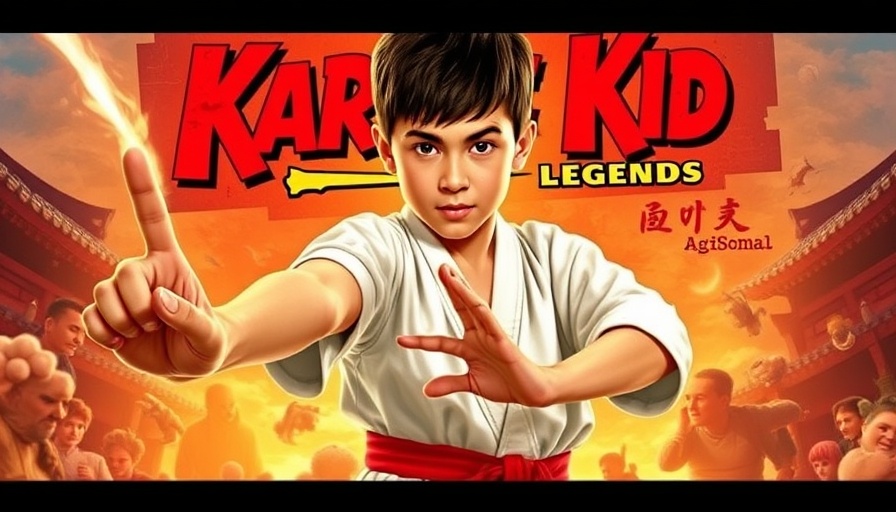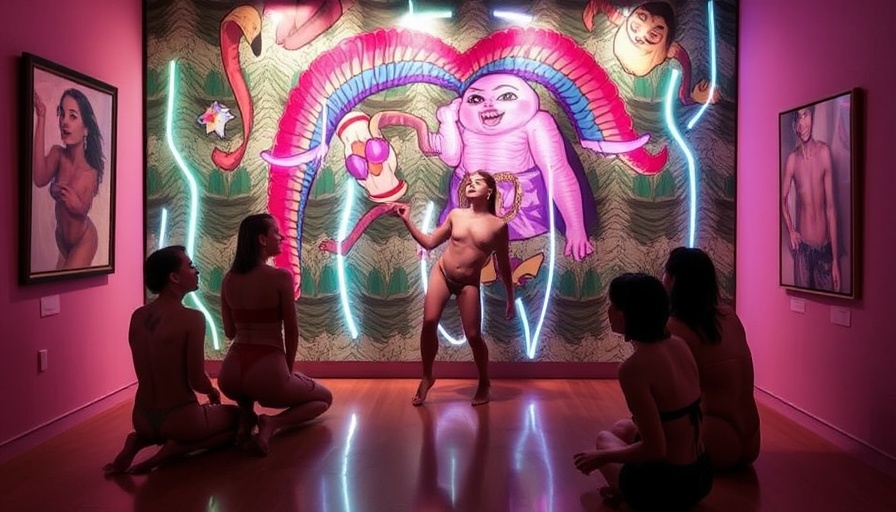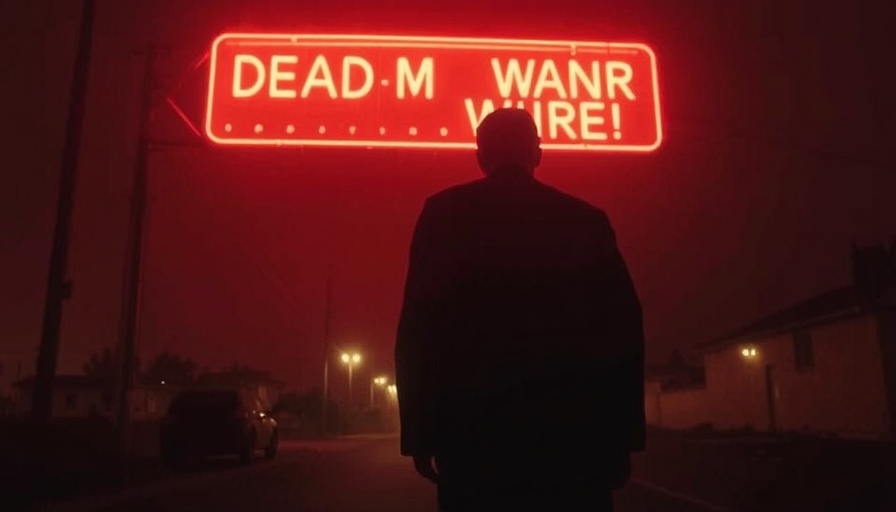
Karate Kid: Legends Unleashed: A Cultural Journey Through Martial Arts
As digital nomads explore new territories and cultures, the 2025 film Karate Kid: Legends throws a spotlight on the evolving narratives in martial arts cinema that resonate with both nostalgia and modernity. Featuring the beloved Ralph Macchio and Jackie Chan, this charming sequel intertwines cultural connections, personal growth, and a classic underdog story that captivates audiences of all ages, particularly the theme of an immigrant's journey in a bustling city.
From Nostalgia to New Adventures
Fans of the original Karate Kid series will find themselves at home with the familiar characters, yet invigorated by the fresh perspective championed by Ben Wang’s character, Li Fong, a Beijing émigré. The film begins with Fong navigating his new life in Manhattan while also facing the weight of family legacy and cultural expectations as he learns the importance of martial arts in forging his identity.
The Importance of Cultural Representation in Film
In an era where representation matters, Karate Kid: Legends does an excellent job at showcasing cultural intricacies through Li Fong’s character. The connection established between kung fu and karate reflects the film's dedication to honoring both heritages while simultaneously promoting inclusivity. This is especially vital for young audiences watching the film, as they learn the importance of respecting diverse backgrounds while following the protagonist's journey towards understanding his own.
Empowerment and Growth: A Lesson for All Ages
One of the most profound layers to explore is Fong's character development through adversity, which mirrors the struggles of countless young individuals today. The undertones of loneliness and a desire for acceptance resonated particularly well during community screenings, where audience laughter often turned into moments of reflection. In contrast, viewers familiar with the series found humor in relatable gags, like Fong’s unfortunate culinary faux pas that earned him the nickname "Stuffed Crust."
Creating Global Connections: The Power of Martial Arts
Martial arts serve not only as a sport but as a bridge between cultures. The film’s script, likened to that of a traditional underdog story, presents universal themes of resilience and maturity. Audiences worldwide can identify with the struggles faced by the protagonist and his eventual triumphs. This connection encourages feelings of solidarity among those sharing similar experiences, especially among young immigrants and aspiring martial artists.
What This Film Represents for the Future
In today’s fragmented media landscape, Karate Kid: Legends holds promise for the future of cross-cultural narratives in Hollywood. With a runtime of just 94 minutes, the film is a punchy reminder that storytelling can fuse entertainment with meaningful reflections on society's challenges. Directors are increasingly tasked with resetting historical franchises that appeal to both nostalgia and a younger audience, which can lead to impactful adaptations in the years to come.
Embracing a Legacy of Connection
This film acts as a conduit for intergenerational dialogue, allowing older viewers to share cherished memories of the original films with their children or younger siblings. It establishes a narrative that is as much about lineage and legacy as it is about new beginnings and personal battles. For travelers and aspirants of cultural heritage worldwide, the movie serves as a reminder of the shared human experience, despite cultural divides.
As you embrace your own journey through cities across the globe, consider how narratives like those presented in Karate Kid: Legends can enhance your understanding of various cultures. This film embodies the spirit of exploration born out of personal growth, highlighting that every location holds a story, interwoven with action, legacy, and significant human connections.
 Add Row
Add Row  Add
Add 




Write A Comment